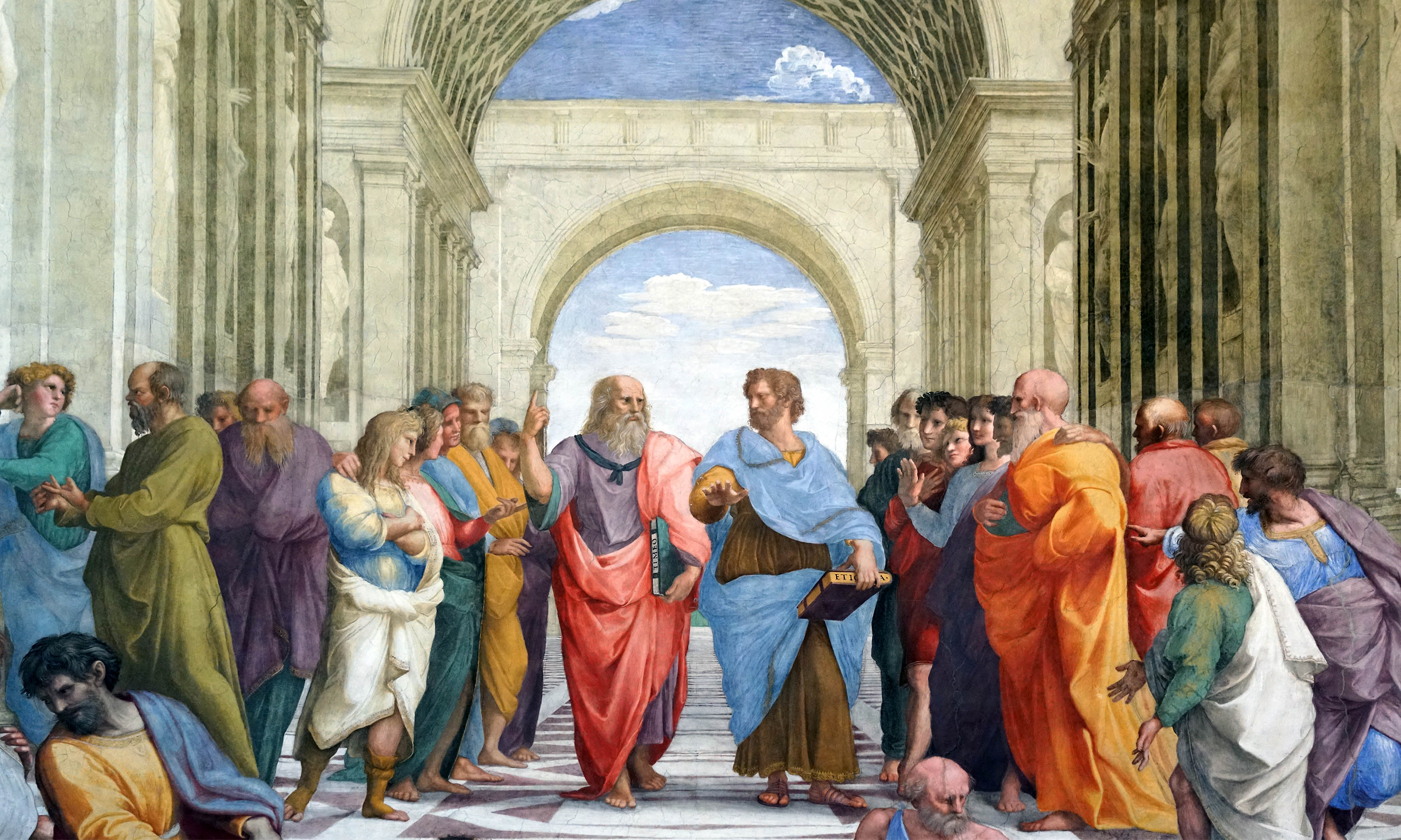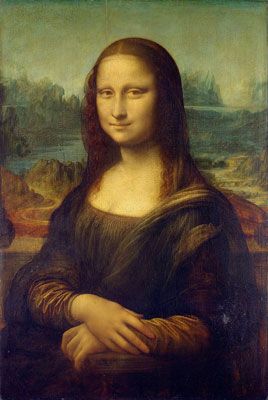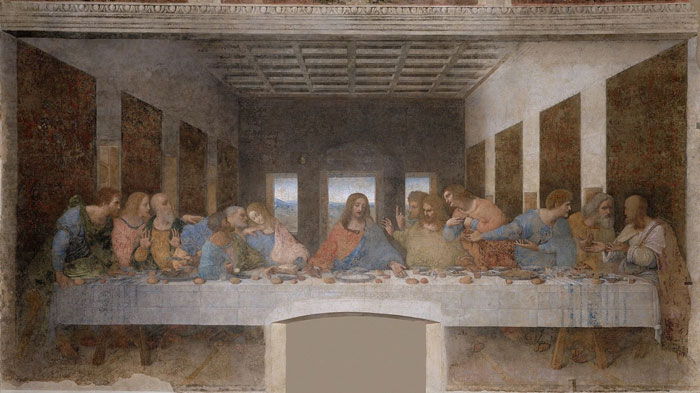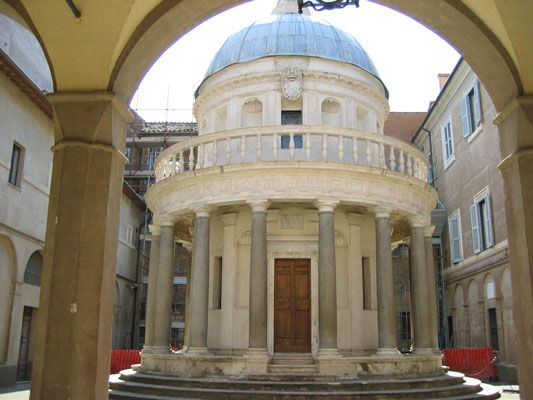The Splendor of Italian Renaissance Painting

One of the most influential eras in art history was the Italian Renaissance, which lasted from the 14th to the 17th century. Painting in particular flourished during this period, producing works that inspire, educate, and enthrall audiences to this day. It combined humanist thought with innovative artistic techniques, symbolizing the revival of ancient ideals. Painting in particular flourished during this period, producing works that inspire, educate, and enthrall audiences to this day.
Origins of Renaissance in Italy
In the early 14th century, a resurgence of interest in Greco-Roman knowledge and values propelled Florence's Renaissance. Painting in particular flourished during this period, producing works that inspire, educate, and enthrall audiences to this day. It combined humanist thought with innovative artistic techniques, symbolizing the revival of ancient ideals.

Monalisa, Leonardo da Vince
This most famous of paintings depicts a woman, dressed in fine fabrics of soft autumnal colors, in three quarters view, as she looks at the viewer with the hint of an enigmatic smirk. She sits in a chair, resting her arms on an armrest visible in the shadowed foreground, and is framed by a dramatic landscape of jagged mountain peaks, rock pinnacles, lakes descending in steep winding river canyons, and serpentine roads. The woman appears self-possessed, her presence resonant with a calm serenity. Because she is a woman of ordinary status, unattached to any political, historical, or religious importance, she has garnered a level of unparalleled cultural fascination with the mystery behind her legendary smile.
Key Characteristics of Italian Renaissance
Italian Renaissance paintings can be distinguished from medieval art by a few key characteristics:
Humanism: The beauty, dignity, and complexity of the human body were the main concerns of artists. Individuality, emotions, and natural proportions were all portrayed in the paintings of the figures. The beauty, dignity, and complexity of the human body were the main concerns of artists.
Perspective: Filippo Brunelleschi was the first to employ linear perspective, which painting masters such as Masaccio used to give the appearance of depth and three dimensions. Filippo Brunelleschi was the first to employ linear perspective, which painting masters such as Masaccio used to give the appearance of depth and three dimensions. Painting in particular flourished during this period, producing works that inspire, educate, and enthrall audiences to this day.

The last Supper, Leonardo da Vince
This iconic work is one of the world's most recognizable paintings. It depicts Christ, his form creating a triangular hub in the center, from which flank his disciples seated beside him at the Last Supper on the eve of his most famous betrayal by Judas. The group sits behind a long rectangular table, which forms a boundary between the viewer and the occupants of this most sacred moment. The walls on either side create diagonals that narrow toward three open windows in the background behind Christ, further illuminating his central importance to the scene, and the powerful dramatic results obtained from the use of linear perspective.
Pioneering Artists and Masters
Painting in particular flourished during this period, producing works that inspire, educate, and enthrall audiences to this day. It combined humanist thought with innovative artistic techniques, symbolizing the revival of ancient ideals.
Botticelli, Sandro (1445- 1510)
Born Alessandro di Mariano Filipepi in Florence, Sandro Botticelli is regarded as one of the Early Renaissance's most lyrical and poetic artists. Painting in particular flourished during this period, producing works that inspire, educate, and enthrall audiences to this day. By bridging the gap between Christian devotion and classical mythology, his artwork captures the intellectual and cultural vibrancy of 15th-century Florence. The master of delicate lines and elegant figures, Fra Filippo Lippi, was Botticelli's teacher. This early inspiration helped to create Botticelli's elegant style, which is distinguished by its flowing lines, elegance, and almost ethereal beauty. Later, the wealthy Medici family supported his work and urged artists to experiment with classical and religious topics.
Birth of Venus
The Birth of Venus, one of the most famous works of art from the Italian Renaissance, is a representation of eternal beauty by Sandro Botticelli. The Medici family commissioned the picture, which combines Renaissance humanist principles with classical mythology. Painting in particular flourished during this period, producing works that inspire, educate, and enthrall audiences to this day.
Between 1452 and 1519, Leonardo da Vinci: The Mona Lisa and The Last Supper by Leonardo, a worldwide talent, demonstrate his command of anatomy, sfumato, and psychological nuance.
Even though Michelangelo Buonarroti (1475–1564) was a well-known sculptor, his ceiling paintings in the Sistine Chapel are still among the most recognizable and ambitious pieces of Renaissance art.
Raphael (1483-1520): Raphael embodied balance, clarity, and classical idealism in his beautiful masterpieces, such as The School of Athens.
Themes in Renaissance Painting
A wide range of topics were painted during the Italian Renaissance, reflecting both intellectual curiosity and religious devotion:
Religious Narratives: By depicting biblical events with naturalistic and emotional depth, viewers were able to relate to religious stories.
Mythology: Drawing inspiration from classical literature, themes of beauty, love, and moral precepts were expressed through mythological subjects.
Portraiture: Painting in particular flourished during this period, producing works that inspire, educate, and enthrall audiences to this day. By bridging the gap between Christian devotion and classical mythology, his artwork captures the intellectual and cultural vibrancy of 15th-century Florence. The master of delicate lines and elegant figures, Fra Filippo Lippi, was Botticelli's teacher.
Nature and Daily Life in Renaissance: Producing works that inspire, educate, and enthrall audiences to this day. By bridging the gap between Christian devotion and classical mythology, his artwork captures the intellectual and cultural vibrancy of 15th-century Florence. Producing works that inspire, educate, and enthrall audiences to this day.

Tempietto, Donato Bramante
This image depicts the innovative Tempietto in the courtyard of the Church of San Pietro, cross-aligned with the spot where St. Peter was crucified. The round temple consists of a single chamber, inspired by Bramante's knowledge of classical buildings such as the Pantheon (113-125) and the Temple of Vesta (3rd century). It smoothly incorporates references from both Greek and Roman architecture into one unified effect. The sixteen columns that ring the building are a variation of the Doric column, which came to be called the Tuscanic column as it used a simpler round base and in its proportions followed the ratios of the Ionic column. The entablature above the columns depicts the keys of St. Peter and elements of the Catholic Mass. Above the columns a balustrade encircles the hemispheric dome, meant to symbolize the heavenly vault and the universe.
Conclusions
The master of delicate lines and elegant figures, Fra Filippo Lippi, was Botticelli's teacher. This early inspiration helped to create Botticelli's elegant style, which is distinguished by its flowing lines, elegance, and almost ethereal beauty. Later, the wealthy Medici family supported his work and urged artists to experiment with classical and religious topics. One of the most influential eras in art history was the Italian Renaissance, which lasted from the 14th to the 17th century. It combined humanist thought with innovative artistic techniques, symbolizing the revival of ancient ideals. Painting in particular flourished during this period, producing works that inspire, educate, and enthrall audiences to this day.
Join our classes to enhance & improve your memory skills and let your child unlock the power to retain information from every moment of his/her life!
